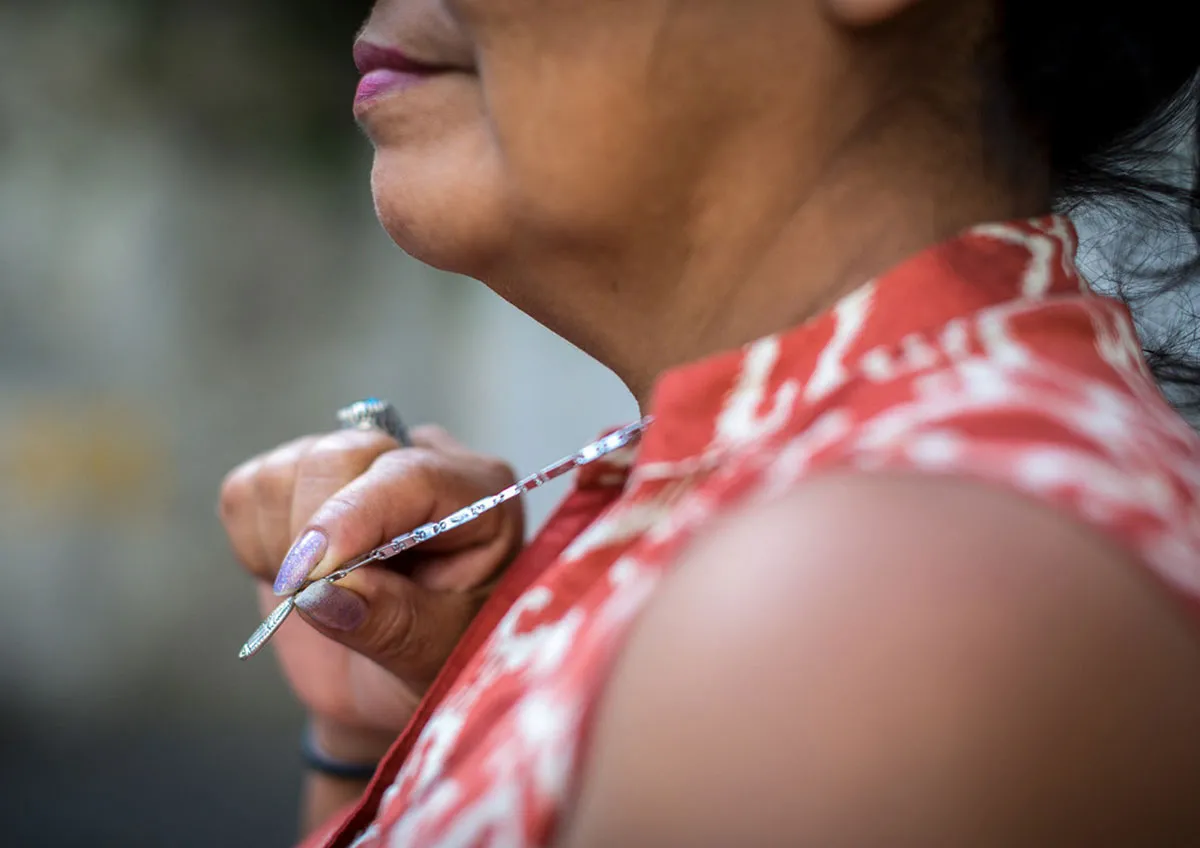Every day, 187 women in Guatemala report being victims of violence, generally caused by men (Public Ministry of Guatemala). To shift norms and attitudes around long-standing toxic machismo culture and widespread gender-based violence (GBV) against women, CARE Guatemala, in partnership with Meta, ran a social and behavior change communication (SBCC) campaign in 2022.
The six-week digital campaign, which ran from October to November in 2022, tested ads combating toxic masculinity and emphasizing that there are many ways to be a man in both affluent and non-affluent areas of Guatemala.
TL;DR?
- CARE Guatemala ran a six-week ad campaign that addressed issues of gender-based violence, reaching 1.9 million people in urban and rural regions of the country.
- The campaign was effective in helping people see the link between machismo and violence, with approximately 40,700 additional people* likely to believe in the importance of combating machismo to reduce gender-based violence.
- Of those who saw the ads, around 25,700 more people* were likely to raise the issue of machismo in Guatemala to their friends.
Creative process
Partnering with Data for Good at Meta , the campaign began with a social listening phase to understand the current knowledge, behavior and attitudes towards GBV in Guatemala. These insights were utilized by CARE Guatemala staff to brainstorm and design a range of ads under the theme “Masculinidad ≠ Machismo, los hombres fuertes rechazan la violencia,” or “Masculinity ≠ Machismo, strong men reject violence.”
To tap into the highly engaged ad format of Instagram Stories and Reels, short, 15-second vertical videos were created. All ads were linked to a landing page that provided more information.
“Our previous campaigns that addressed gender-based violence always focused on women. In this campaign, we had the challenge of speaking to the men and making sure that the messages were not rejected,” said Carolina Rivas, the Communications Officer for CARE Guatemala.
To ensure the messages resonated with men, CARE Guatemala held multiple focus groups that included men, women, and gender specialists. They then took the best ideas and tested them with a group of CARE male staff members. Based on these insights, videos were developed featuring CARE male staff members sharing in their own words.
“We thought that by doing it more organically, more men could identify,” Rivas shared.
The video below, which achieved the highest engagement, was a CARE Guatemala video featuring a CARE staff member.

